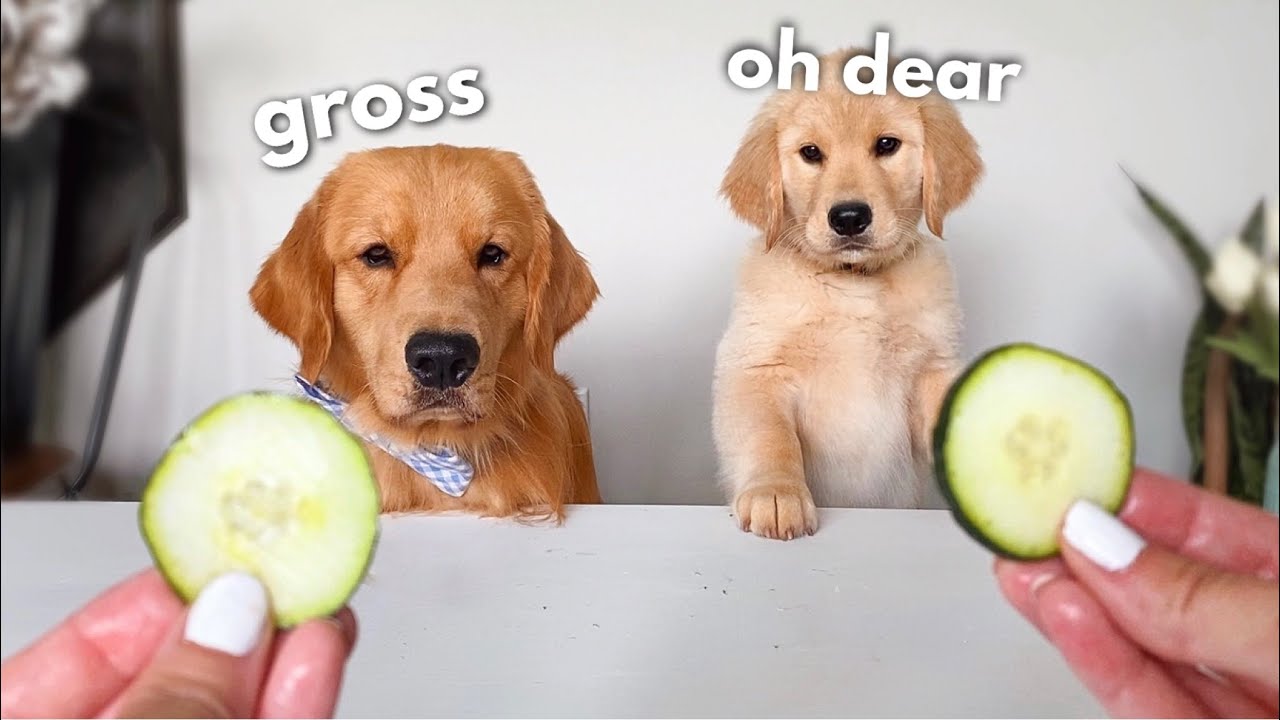Operant Conditioning Techniques for Golden Retrievers: Tips and Tricks for Better training
Introduction
Golden Retrievers are friendly and like to please, which makes them good dogs to train. One way to train them is called operant conditioning. This method helps teach them good behaviors and discourage bad ones. In this blog post, we will talk about operant conditioning techniques for training Golden Retrievers.
Understanding Operant Conditioning
Operant conditioning is a way to change behavior by giving consequences. It says that behavior is affected by its consequences. Behaviors that get rewarded are more likely to happen again, while behaviors that get punished or ignored happen less often.
Operant conditioning has three parts: the thing that happens before the behavior, the behavior itself, and the consequence. To use operant conditioning, you need to understand and control these parts to shape your Golden Retriever’s behavior.
Positive Reinforcement
Positive reinforcement is when you give your Golden Retriever something good for doing a good behavior. This can be treats, praise, toys, or anything else they like. It’s important to give the reward right after your dog does the good behavior, so they know they did something right.
For example, when teaching your Golden Retriever to sit, you can use a treat to guide them into a sitting position. As soon as they sit, praise them and give them the treat. If you do this every time, your dog will learn that sitting is a good thing and will do it more often.
Negative Reinforcement
Negative reinforcement is when you take away something your Golden Retriever doesn’t like when they do a good behavior. It’s important to note that negative reinforcement isn’t punishment. It’s about encouraging good behaviors, not punishing bad ones.
For example, if you’re teaching your Golden Retriever to walk nicely on a leash, you can use negative reinforcement by giving a little pressure on the leash and stopping it when your dog walks without pulling. Stopping the pressure is like a reward and helps your dog learn to walk politely on the leash.
Positive Punishment
Positive punishment is when you give your dog something they don’t like after they do something bad. This can be words, time-outs, or other things that your dog finds unpleasant. It’s not recommended to use positive punishment a lot, but you can use it a little bit for very bad behaviors.
For example, if your Golden Retriever jumps on people, you can say “no” firmly and turn away from them. This shows that jumping won’t get them attention. With time, they will learn not to jump.
Negative Punishment
Negative punishment is when you take away something good from your dog after they do something bad. This should be used carefully, because it can hurt the trust between you and your dog. It’s like a timeout for your dog, and it shows them that bad behavior means they don’t get to have fun.
For example, if your Golden Retriever plays too rough and nips, you can stop playing and ignore them for a little while. This takes away the fun of playing and teaches them that rough behavior isn’t okay.
Tips and Tricks for Effective Training
Now that we’ve talked about different operant conditioning techniques, let’s learn some more tips for training your Golden Retriever:
1. Be Consistent
Make sure you always use the same cues, rewards, and consequences when training your Golden Retriever. Being consistent helps them understand what you want from them.
2. Keep Sessions Short
Short training sessions are better than long ones. Your Golden Retriever can get bored or overwhelmed if training goes on for too long. Try having short sessions throughout the day instead.
3. Use Motivating Rewards
Find rewards that your Golden Retriever really likes. It can be treats, toys, or praise. Different dogs like different things, so try different rewards to see what works best for your dog. Using rewards they really want will make them more motivated to learn and do good behaviors.
4. Stay Positive and Patient
Training takes time, and every dog learns at their own pace. Stay positive and patient during training. Your Golden Retriever can tell how you feel, so staying positive helps create a good learning environment.
5. Start Simple and Celebrate Success
Begin with easy commands and behaviors before moving on to harder ones. Celebrate small achievements along the way. This will help your Golden Retriever feel more confident and excited about learning.
6. Practice in Different Situations
Once your Golden Retriever can do a behavior well in one place, practice it in different places with more distractions. This helps your dog learn that they need to do the behavior no matter where they are.
FAQs
Q1. Can older Golden Retrievers learn through operant conditioning?
Yes, older Golden Retrievers can learn through operant conditioning, but it might take longer because they may have old habits to change. It’s important to be patient and consistent when training older dogs.
Q2. Can operant conditioning be used for Golden Retriever puppies?
Yes, the same techniques we talked about can be used for Golden Retriever puppies. Just keep in mind that puppies have shorter attention spans and need more playtime and socialization breaks during training.
Q3. Is it necessary to hire a professional trainer for operant conditioning?
You don’t have to hire a professional trainer, but it can be helpful, especially if you’re new to training or having trouble with certain behaviors. They can guide you, give personalized advice, and help with any challenges you face.
Q4. Where can I find more resources about operant conditioning for Golden Retrievers?
There are many resources available online and in books. You can check reputable dog training websites, YouTube channels dedicated to dog training, and books written by experienced trainers. Just remember to choose sources that focus on positive reinforcement training methods.
References
– Pryor, K. (2009). Don’t Shoot the Dog!: The New Art of Teaching and Training. Bantam.
– Overall, K. L. (2013). Manual of clinical behavioral medicine for dogs and cats. Elsevier Health Sciences.
– Yin, S. (2010). Low-stress handling, restraint and behavior modification of dogs & cats: Techniques for developing patients who love their visits. CattleDog Publishing.
– Dunbar, I. (2007). Before and after getting your puppy: The positive approach to raising a happy, healthy, and well-behaved dog. New World Library.
Note: The references provided are for further reading and additional resources on operant conditioning and dog training. These sources can give you more information about the topic.
















